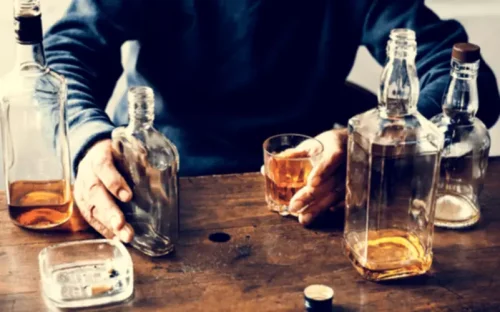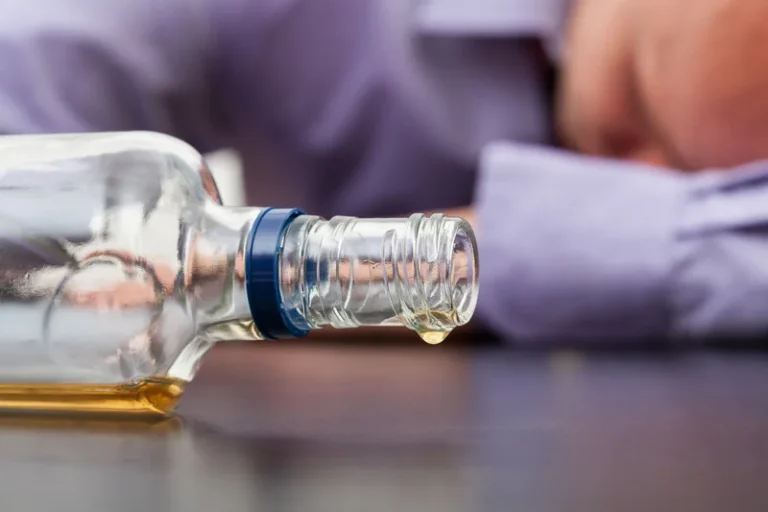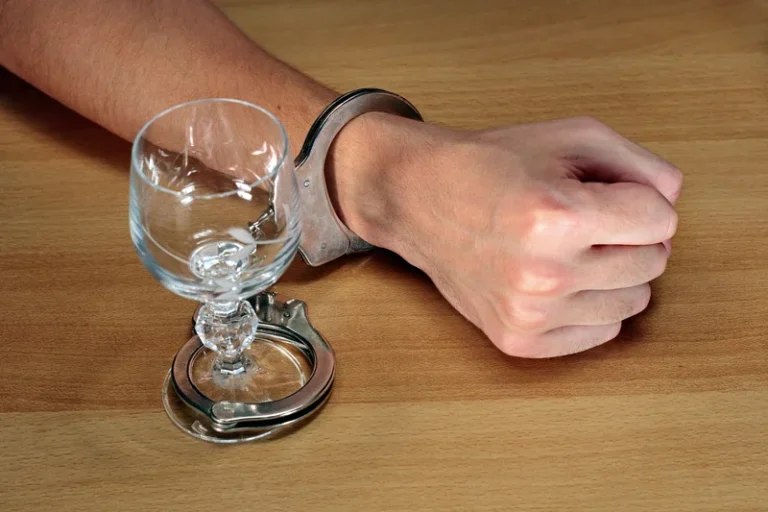
We’re here 24/7 to help you get the care you need to live life on your terms, without drugs or alcohol. Talk to our recovery specialists today and learn about our integrated treatment programs. Engaging in activities where social drinking is not the main event can help decrease the risk of problem drinking [7]. The problem drinker may react angrily or ashamedly when loved ones address their drinking habits. Social drinking is alcohol consumption which conforms to cultural expectations and norms [1]. Maybe you are concerned that your drinking is becoming a problem, or maybe someone close to you has shown concern about your drinking.
Signs of a Drinking Problem
Theories suggest that for certain people drinking has a different and stronger impact that can lead to alcohol use disorder. Alcohol use disorder is a pattern of alcohol use that involves problems controlling your drinking, being preoccupied with alcohol or continuing to use alcohol even when it causes problems. This disorder also involves having to drink more to get the same effect or having withdrawal symptoms when you rapidly decrease or stop drinking.

Social Drinking: Patterns, Benefits, and Risks
However, while alcohol may temporarily soften the edges of social discomfort, it’s essential to recognize that it’s not a long-term solution for deeper, ingrained social anxieties or insecurities. And in fact, if we are not mindful about our intake, long-lasting problems can arise. Alcoholism is defined as the state https://ecosoberhouse.com/ that one reaches when they can no longer control their use of alcohol. They may experience stronger cravings or desires to use the substance, and will compulsively abuse it despite the negative consequences. If they’re not drinking, they experience emotional distress and even physical withdrawal symptoms.
Social and Psychological Benefits of Social Drinking

The US Department of Health and Human Services and the US Department of Agriculture provide guidelines for moderate drinking, which can be seen as congruent with social drinking. For men, this is defined as two drinks or less daily, and for women, one drink or less. However, certain individuals should avoid alcohol altogether, including those with specific health conditions or those who are pregnant. For years, the implication was that an alcoholic could never drink again.

Being mindful of family history

Plus, we’re always introducing new features to optimize your in-app experience. We recently launched our in-app chatbot, Melody, powered by the world’s most powerful AI technology. Melody is here to help social drinking and drinking problem as you adjust to a life with less (or no) alcohol. The Reframe app equips you with the knowledge and skills you need to not only survive drinking less, but to thrive while you navigate the journey.
- Social drinking is often considered “low-risk drinking.” This level of alcohol consumption involves drinking fewer than seven drinks a week and no more than three drinks a day for women.
- A–D Mean responses on the Drug Effect Questionnaire (DEQ) before and after the decision-making tasks.
- People who abuse alcohol also put themselves and others at risk if they drive or operate machinery after drinking too much.
- Furthermore, social drinking often engenders a feeling of camaraderie and shared experiences, thereby serving as a powerful social ice breaker.
The Dangers of Mixing Seroquel and Alcohol
In the end, they may develop a lasting preference for a specific brand. Why do kids sometimes “pester” their parents to buy specific foods and drinks? We are going to explore this topic, starting with the online marketing of foods and drinks, and how it affects kids. Many signs can help you identify whether or not you have a drinking problem. Unfortunately, some people wrongfully assume if they’re able to maintain their responsibilities, they don’t have a drinking problem.

Most alcoholics cannot predict or control how much alcohol they’ll end up consuming once they start. They often experience denial about their relationship with alcohol, and they rationalize their behavior even as it becomes more erratic, dangerous and embarrassing. While social drinking is often viewed as a harmless activity, it carries potential health risks and negative consequences that can impact individuals and society. The National Institute on Alcohol Abuse and Alcoholism highlights that heavy drinking can lead to serious health issues such as liver inflammation, pancreatitis, and increased cancer risks.
- Also, even at the dose used, effects on impulsivity might be present in people with substance use disorders, externalizing psychopathology, or both.
- People who transition from social drinkers to problem drinkers may be able to stop without assistance, but they may find that it’s too big of a challenge to conquer on their own.
- From ancient rituals to modern social norms, alcohol has played a diverse role in social interactions, cultural practices, and even the development of civilizations.
- If you feel that you sometimes drink too much alcohol, or your drinking is causing problems, or if your family is concerned about your drinking, talk with your health care provider.
Our results for waiting impulsivity should be interpreted with this limitation in mind. Similarly, our finding that alcohol did not influence impulsivity, may not generalize to higher doses, or other populations. Also, even at the dose used, effects on impulsivity might be present in people with substance use disorders, externalizing psychopathology, or both. This was assessed using four sacrificial moral dilemmas (trolley problems) that involved a conflict between utilitarian and deontological moral foundations [25, 43, 44].
Get the help needed, whether detox, rehab, or community treatment, and stop drinking whilst doing this
- This suggests that the influence of sexual orientation on alcohol use and related outcomes is more pronounced among women than men.
- In each dilemma, participants were faced with the possibility of saving a certain number of people by sacrificing one individual.
- Moderate social drinkers don’t use alcohol to self-medicate mental health conditions, nor do they experience physical cravings for alcohol.
- However, what defines an alcoholic is a person’s relationship to alcohol and not how they appear to the outside world in terms of their personal, professional or academic life.
- Problem drinkers display clear differences between their drinking habits and those of alcoholics.